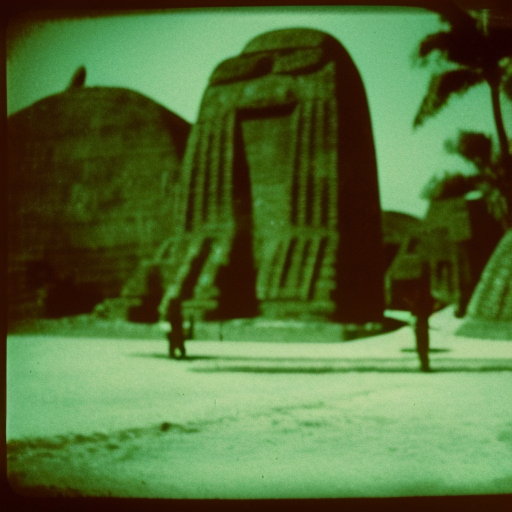The Olmec Civilization
The Olmec Civilization, which thrived from approximately 1500 BCE to 400 BCE, was one of the earliest complex societies in Mesoamerica. Located in what is now modern-day Mexico, the Olmec people left behind a rich cultural and artistic legacy that influenced later civilizations in the region.
Origins and Development
The Olmec Civilization emerged in the tropical lowlands of the Gulf Coast region, primarily in the states of Veracruz and Tabasco. The exact origins of the Olmec people are still debated among scholars, but it is believed that they were descendants of earlier hunter-gatherer groups in the area.
The Olmec society developed into a complex civilization with large urban centers, such as San Lorenzo and La Venta. These cities were characterized by monumental architecture, including pyramids and ceremonial plazas. The Olmec also constructed an extensive network of trade routes, which allowed them to exchange goods and ideas with other cultures in Mesoamerica.
Art and Religion
The Olmec are renowned for their distinctive art style, which featured colossal stone heads depicting human faces. These monumental sculptures, weighing several tons each, are considered one of the greatest artistic achievements of the ancient Americas. The Olmec also produced intricate jade carvings, pottery, and figurines.
Religion played a central role in Olmec society. They worshipped a pantheon of deities, including a were-jaguar, a feathered serpent, and a rain god. Rituals and ceremonies were conducted in large stone temples, and bloodletting was a common practice associated with religious rituals.
Legacy and Influence
The Olmec Civilization had a profound influence on later Mesoamerican cultures, particularly the Maya and the Aztecs. Many aspects of Olmec culture, such as their art style, religious beliefs, and agricultural practices, were adopted and adapted by these later civilizations.
The Olmec were skilled farmers who cultivated maize, beans, squash, and other crops. They developed advanced agricultural techniques, including raised fields and irrigation systems, which allowed them to support a large population. The Olmec also traded for valuable resources, such as jade, obsidian, and cacao, which were highly prized in Mesoamerica.
The decline of the Olmec Civilization is still not fully understood. Around 400 BCE, their cities were abandoned, and their influence waned. Possible factors contributing to their decline include environmental degradation, political instability, and the rise of other regional powers.
Conclusion
The Olmec Civilization was a significant cultural and artistic force in ancient Mesoamerica. Their monumental stone heads and intricate artwork continue to captivate scholars and art enthusiasts alike. The Olmec’s agricultural innovations and trade networks laid the foundation for future civilizations in the region. Despite their eventual decline, the Olmec left a lasting legacy that shaped the development of Mesoamerican civilization for centuries to come.












